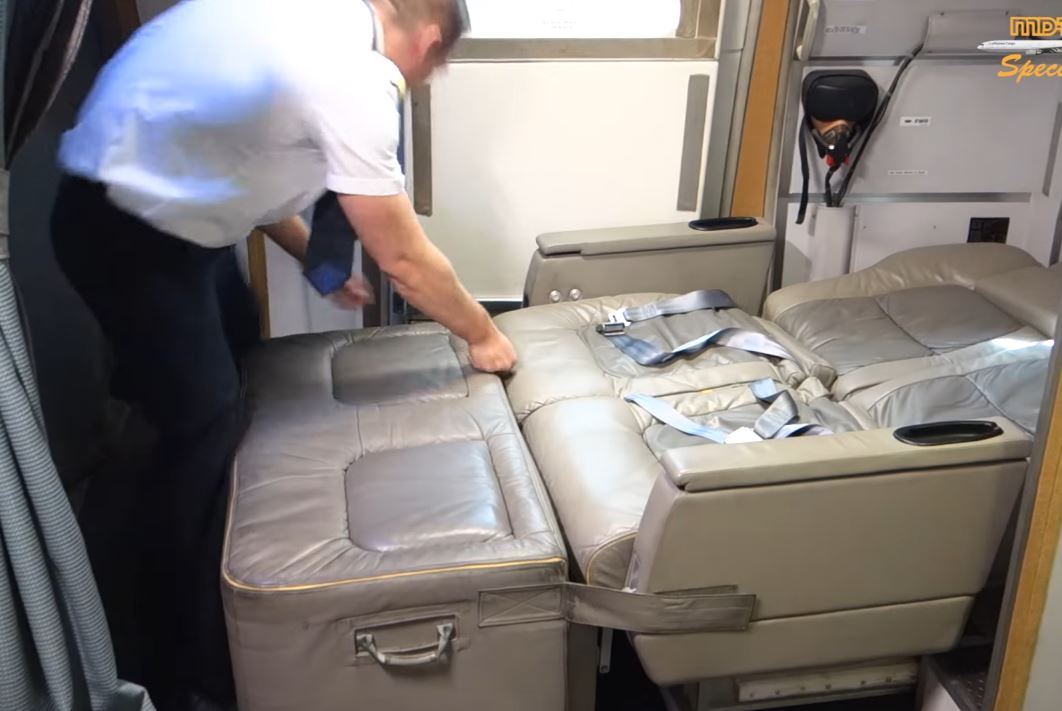by Air Clips
Air Clips joined Lufthansa Cargo’s Captain Fokko and First Officer Johannes on a full rotation from Frankfurt (Germany) via Nairobi (Kenya) to Johannesburg (South Africa) and back on the same routing. Enjoy stunning cockpit views from 11 different cameras as well as exciting interviews with both crew members.
The McDonnell Douglas MD-11 is an American three-engine medium- to long-range wide-body jet airliner, manufactured by McDonnell Douglas and, later, by Boeing Commercial Airplanes.
Based on the DC-10, it features a stretched fuselage, increased wingspan with winglets, refined airfoils on the wing and smaller tailplane, new engines and increased use of composite materials.
Two of its engines are mounted on underwing pylons and a third engine at the base of the vertical stabilizer. It also features a glass cockpit that decreases the flight deck crew from the three required on the DC-10 to two by eliminating the need for a flight engineer.
Although the MD-11 program was launched in 1986, McDonnell Douglas started to search for a DC-10 derivative as early as 1976. Two versions were considered then, a DC-10-10 with a fuselage stretch of 40 feet (12 m) and a DC-10-30 stretched by 30 feet (9.1 m).
That later version would have been capable of transporting up to 340 passengers in a multi-class configuration, or 277 passengers and their luggage over 5,300 nautical miles (9,800 km).
At the same time, the manufacturer was seeking to reduce wing and engine drag on the trijet. Another version of the aircraft was also envisaged, the “DC-10 global”, aimed to counter the risks of loss of orders for the DC-10-30 that the Boeing 747SP and its range were creating.
The DC-10 global would have incorporated more fuel tanks.

